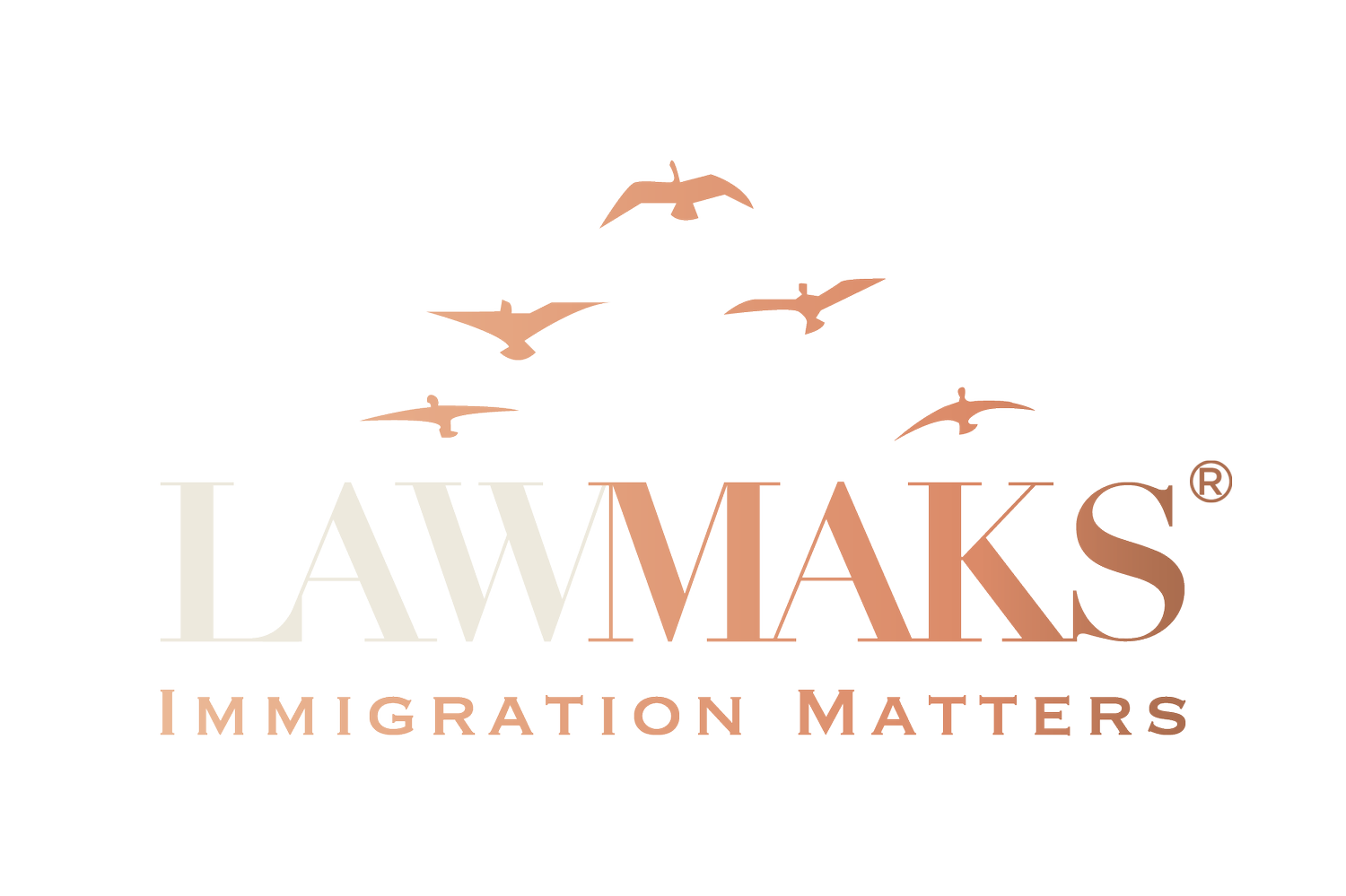E-2 Treaty Investors 2024
What is an E-2 Visa?
The E-2 Investor Visa is a nonimmigrant Visa used when a foreign entrepreneur wishes to operate his or her own business in the United States. This can be accomplished in two ways: 1) to start a brand-new business, or 2) to purchase an existing business (certain restrictions apply; check with your immigration attorney prior to establishing or purchasing an existing business).
The amount of the investment is determined by the type of business, and while there is no “minimum” set amount, the investment must be “substantial” and not “marginal” in nature; the immigration adjudicator must be convinced that your investment is sufficient to operate the proposed venture.
One of the key elements to a successful E-2 application is to prove that the investor’s function is to “develop and direct” the business in the United States. If there are language barriers, it will be necessary to hire a manager who will conduct the day-to-day operations.
So, while the Investor is not required to conduct the daily activities, they will be expected to make the executive decisions needed to “develop and direct” the U.S. venture.
The investor must also be a citizen or national of a country that has an existing Treaty of Commerce with the United States. See the most recent list of “Treaty Countries” on DOS.
Do I qualify for an E-2 Work Visa?
Submit our 3-minute and straightforward E-2 questionnaire and we will evaluate your potential E-2 case.
E-2 program advantages
No minimum amount of investment, depending on the type of business;
Allows for regular Visa renewals (no maximum time cap) approximately every two years, for the Investor, Spouse, and unmarried children under the age of 21, so long as the Investor continues to “develop and direct” the intended E-2 business in the USA;
E-2 Visa can be processed rather quickly: approximately 4-6 months (from the time of filing);
The investor invests in his or her own business;
The investor must continually “develop and direct” the business he/she is investing in, while the spouse may pursue any other work activity;
Investor, Spouse, and children (unmarried, under 21) are entitled to a U.S. Social Security Number, and can work, study, and enjoy the benefits of living in the United States;
Is E-2 for me?
You must be a citizen or national of a country that partakes in a treaty of commerce with the United States;
Must solicit entry to the United States exclusively to develop and direct the U.S. business entity. This is established by evidencing a minimum of 50% ownership of the business entity; however, the “acceptable” percentage of ownership and amount of investment is viewed on a sliding scale by the U.S. Consulate, and
Have invested, or are in the process of investing a significant amount of capital in a bona fide business entity in the United States;
Why Lawmaks
Unlike traditional US law firms, Lawmaks has offices in the US, and UAE and partners in UKRAINE to conveniently assist E-2 clients throughout the Middle East, North America, and around the world.
EB-5 vs E-2 & L-1 Visa
Side by side comparison of Investment options in U.S.
*TEA: Targeted Employment Area refers to “rural area” or an area which has experienced unemployment of at least 150% of the national average rate; TEA zones are determined by USCIS, beginning Nov/22/2019
**Average processing time from the receipt dates. Subject to change without further notification.
Call our Dubai office now for free consultation:
+971 4 518 2500

Our Latest E-2 Treaty Visa Approvals
FAQs
-
Citizens or Nationals of country, which has a treaty of commerce and navigation with the U.S.
-
The E-2 Visa does not have a minimum for business capital. What determines an appropriate investment amount varies widely depending on the size and nature of each business.
-
Family members may work on derivative E Visas if permission has been obtained in advance from the United States Citizenship and Immigration Services (USCIS). The spouse may, upon admission to the United States, apply with the USCIS for an employment authorization document. Children may attend school.
-
Yes. The E-2 Visa regulations state that the funds or assets must be committed to the enterprise and the commitments must be real and irrevocable. Funds can be considered “irrevocably committed” if they are held in an escrow account for release of transfer contingent on the issuance of an E Visa.
-
You can continue to extend your Visa in the US indefinitely as long as the business continues in the US. Registration is initially valid for between two and five years, but can be renewed any number of times.
-
Yes.
-
Yes, if you apply inside the U.S. Premium processing can bring your processing time to average of 15 days.
-
Yes (a very important part of your process to have a successful outcome on your Visa application).
-
It’s based on your income. Please consult a Tax Attorney or a CPA (Certified Public Accountant).
-
Pick your attorney.
























